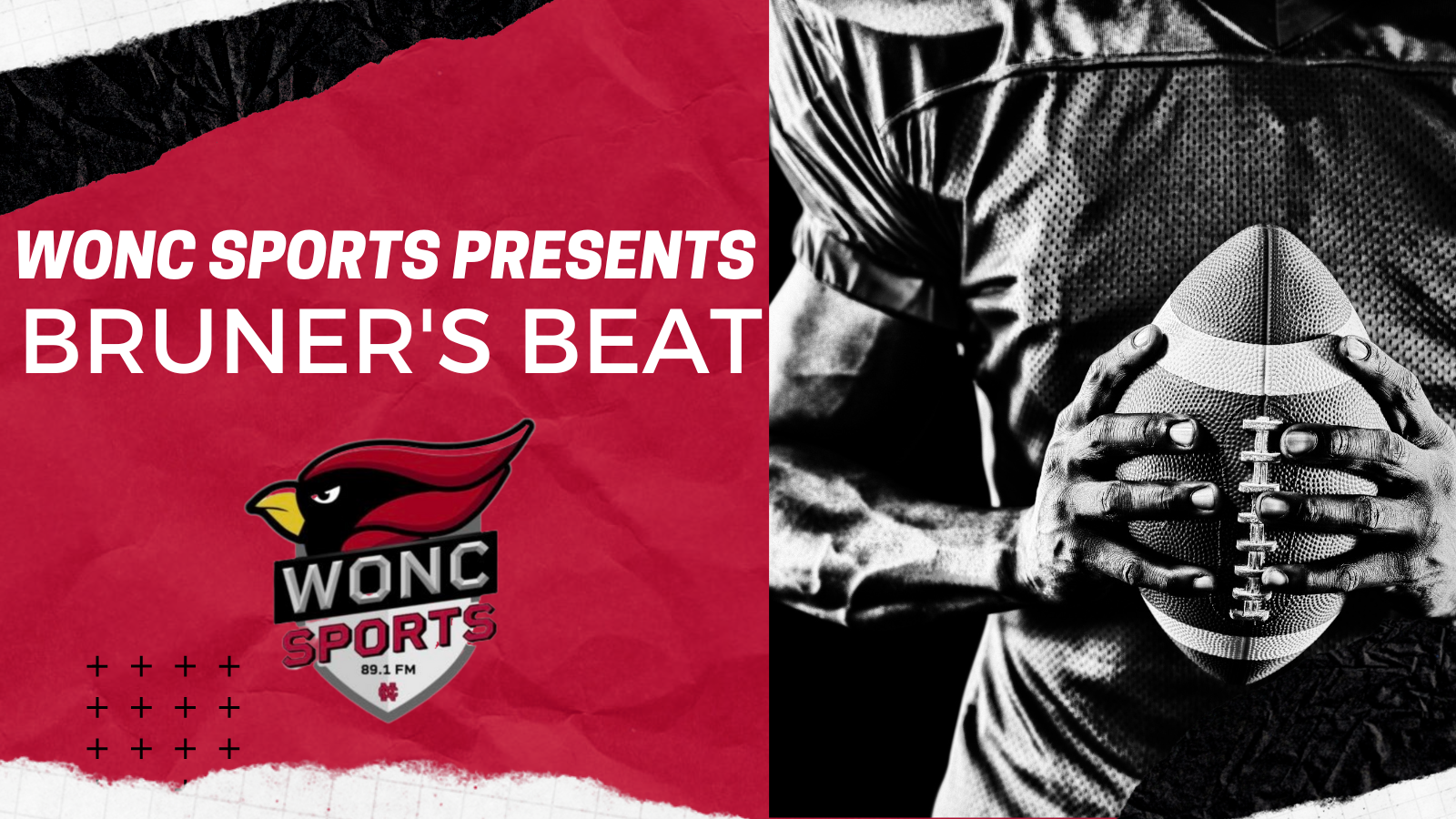
- Listen Live
- Podcasts
- Who Are We?
- Music
- Featured Local Artist
- Morning Mojo
- Specialty Shows
- Alumni Spotlight
- The John Drury Awards
- WONC Coffee Roasts
- WONC Sports
- NCCLinked

by Evan Bruner
Once again, The Dallas Cowboys found themselves on the losing end of a playoff game, falling to the red-hot 49ers, 19-12. The closely contested game was a stalemate for the first three quarters before the 49ers took control and sent Dallas packing for the second year in a row.
Per usual, the blame for the Cowboys’ loss was mainly attributed to starting quarterback Dak Prescott. And on paper, it would make sense. Dallas’ 160 million-dollar man threw for just 206 yards, one touchdown, and two interceptions. It was a far cry from his five-touchdown performance the week prior. As the face of one of the most storied franchises in American sports history, as a captain, as a quarterback, and as one of the highest-paid athletes in all of sports, Prescott will always be under a microscope. His mistakes and shortcoming will be better documented than others, and rightfully so.
However, if the “wins are not a quarterback stat” mantra holds true, then why should losses? Obviously, quarterback performance is heavily correlated with team performance, but quarterback play isn’t independent of other factors such as supporting cast and play calling.
Most of the narratives surrounding Prescott derive from the misconceptions surrounding his help. The Cowboys as a franchise have always been about the flash and excitement, which has often led to outstanding play from the skill position players. Terrell Owens, Jason Witten, Dez Bryant, and Amari Cooper are just some of the big names that have donned a Dallas uniform in the Tony Romo and Prescott eras.
This reputation has led to the mischaracterization of Dallas’ pass catchers. The group is often talked about as one of the best in football, but this label holds little merit on the field. Outside of Ceedee Lamb, a bonafide WR1, the Cowboys had a slew of middling wide receiver talent. No offense with elite depth at the wide receiver and tight end position would be drawing up plays for 33-year-old, recently signed T.Y. Hilton. Nor would they for former seventh-round pick Noah Brown. The departure of Amari Cooper and Michael Gallup’s ACL injury did a number on the Cowboys’ receiving room, and while it was evident on film the team was missing juice, the national media made little note of it.
After Tony Pollard, the Cowboys’ best rusher and one of their better receivers, left the game in the first half, Prescott was left with Lamb, tight end Gavin Shultz, and a group of receivers and tight ends that will be fighting for a spot on a 53-man roster next season.
Cowboys offensive coordinator Kellen Moore has gotten a lot of praise, and it’s easy to see why. He’s young and has the creativity to make his mark in the league. While Moore could very well wind up with a head coaching job in the coming years, his rise as a play caller has been greatly overstated. Moore has added some creative wrinkles to Dallas’ offense over the years, but many of these plays are gimmicky, meaning they aren’t for long-term use. This tendency has handicapped Dallas in the later stages of the season, as opposing defenses have picked up on Moore’s preferences. As a result, Moore called a very conservative game against San Francisco that mainly featured screens and underneath passes.
According to PFF, the 49ers were able to keep perfect coverage on 51.35% of passing downs. This further shows that Moore’s predictability became a major problem for the Cowboys’ offense. It also explains Prescott’s struggles in the pass game. If receivers are getting open on less than half of the snaps, the quarterback will have to eventually start to force throws.
Dak Prescott will likely be a polarizing player for the remainder of his career. His very good, but not quite great, skill set to go with playing for one of the most well-known franchises in sports undoubtedly puts a target on his back. But all data would suggest he’s far from the culprit in Dallas.
NFL Conference Championship Game Previews
By: Sam Fretto After a long grueling season, the NFL has Championship Sunday set. The San Francisco 49ers will be traveling to Philadelphia to take on the Eagles. Meanwhile, the Kansas City Chiefs will be hosting the AFC Championship game as the Cincinnati Bengals come to town. These teams have [...]WONC 89.1FM/North Central College
| Play | Cover | Release Label |
Track Title Track Authors |
Page | Buy | Delete |
|---|